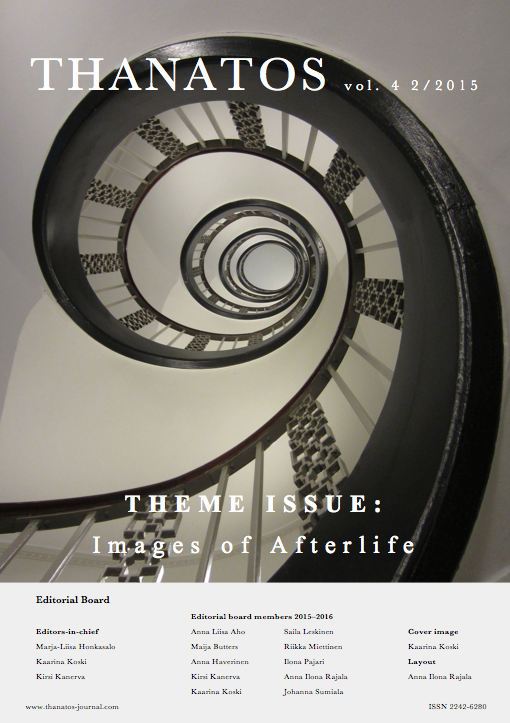The Eclipse of “Natural Immortality”
Abstract
North American Protestants up until mid-20th century relied on imagery from nature and home to evoke pictures of the afterlife that would resonate with everyday experience. Protestant funeral sermons were an ideal occasion for these. “Natural immortality” rests on the assumption that people everywhere at all times believed in the immortality of the soul; it makes death a smooth transition and departure, not annihilation. Which images made this belief more real? Because Jesus’ resurrection was merely an historical example of a universal process, it did not dominate even the most orthodox and traditional funeral sermons. Instead, imagery of natural transitions appear again and again: caterpillar into butterfly, birds that migrate, journeys from one place to the next. Even when nature is assisted, the imagery is familiar: a rose grows in a greenhouse, but then is transplanted by order or the master gardener. In addition, the equation of “Heaven our home” with one’s earthly first home appears in these sermons, to make death a homecoming. Natural immortality de-emphasizes surprises, disjunctions and discontinuities between this life and the afterlife, as well as minimizing loss and mutilation.
This imagery suffered challenges from theology for its Platonism, then from the death awareness movement, and from the medicalization of dying during the twentieth century. It has disappeared from Protestant funerals, supplanted by a focus on mourners, and celebrating the life of the deceased.
Downloads
Published
Issue
Section
License
Copyright (c) 2023 Lucy Bregman

This work is licensed under a Creative Commons Attribution-NonCommercial-NoDerivatives 4.0 International License.





